Dubbed “Plan C” in an attempt to normalize its devastating effects, the abortion pill is responsible for more than half of all abortions in the United States. How many more? It’s hard to tell.
A chemical abortion has two stages. First, mifepristone is taken. This blocks progesterone, the hormone allowing the uterus to provide nutrition to the unborn baby. Misoprostol tablets are taken 24 to 72 hours later to induce contractions that deliver the deceased baby.
In 2021, the FDA changed regulations around mifepristone, and it is now easily accessible online. Proponents encourage women to avoid state abortion restrictions by ordering the abortion pill from international or online pharmacies, using mail forwarding or even having the pills shipped to Mexico and picked up at the border. This makes it difficult to track the dispersal and use of the abortion pill. We do know two things for sure: the numbers are vastly underreported and the abortion pill endangers women.
Approved by the FDA for up to 10 weeks gestation, chemical abortions have a complication rate four times that of surgical abortions and are more likely to send women to the hospital. At least 26 women in the United States have died after taking the abortion pill, according to LiveAction.
When women seek medical treatment for complications, abortion pill providers encourage them not to disclose that they have taken the abortion pill. This deception by omission puts women at even higher risk – because when a chemical abortion is miscoded as a miscarriage, the woman is significantly more likely to be hospitalized with greater complications.
In some cases, women change their minds after taking the first abortion pill and seek an abortion pill reversal. In this process, a physician prescribes bioidentical progesterone to be taken in the first 72 hours after taking mifepristone and before taking misoprostol. In around 68 percent of pregnancies, this procedure allows the pregnancy to continue successfully. Abortion Pill Reversal has saved more than 3,000 babies, and that number will grow as more women learn about this option.






